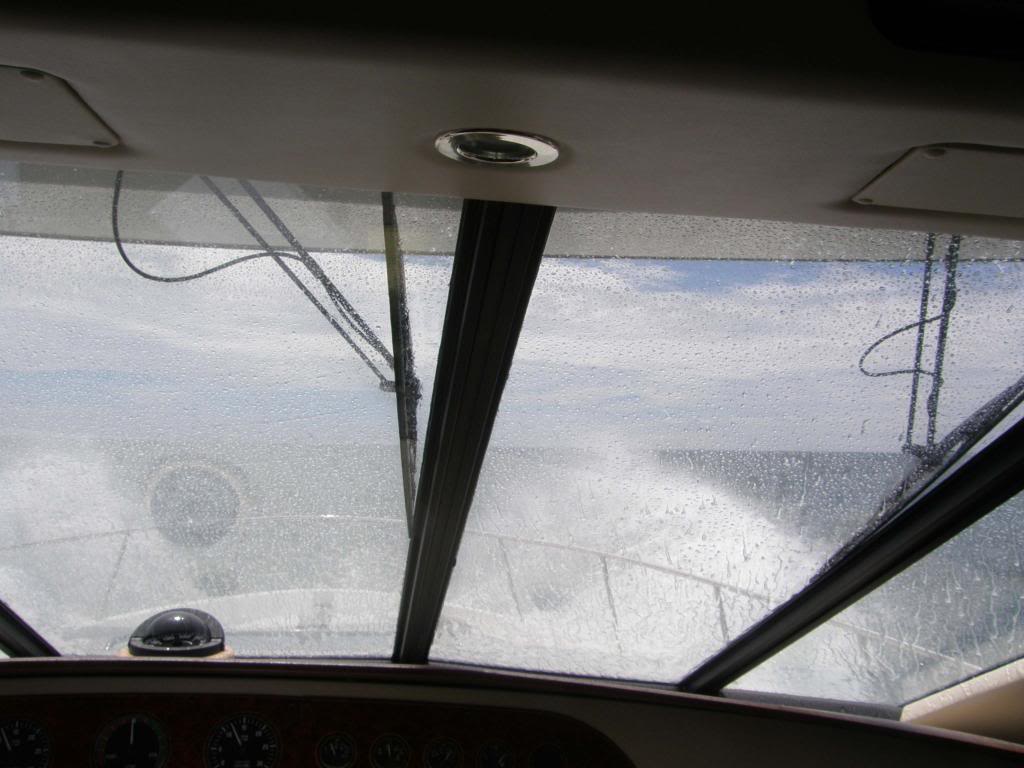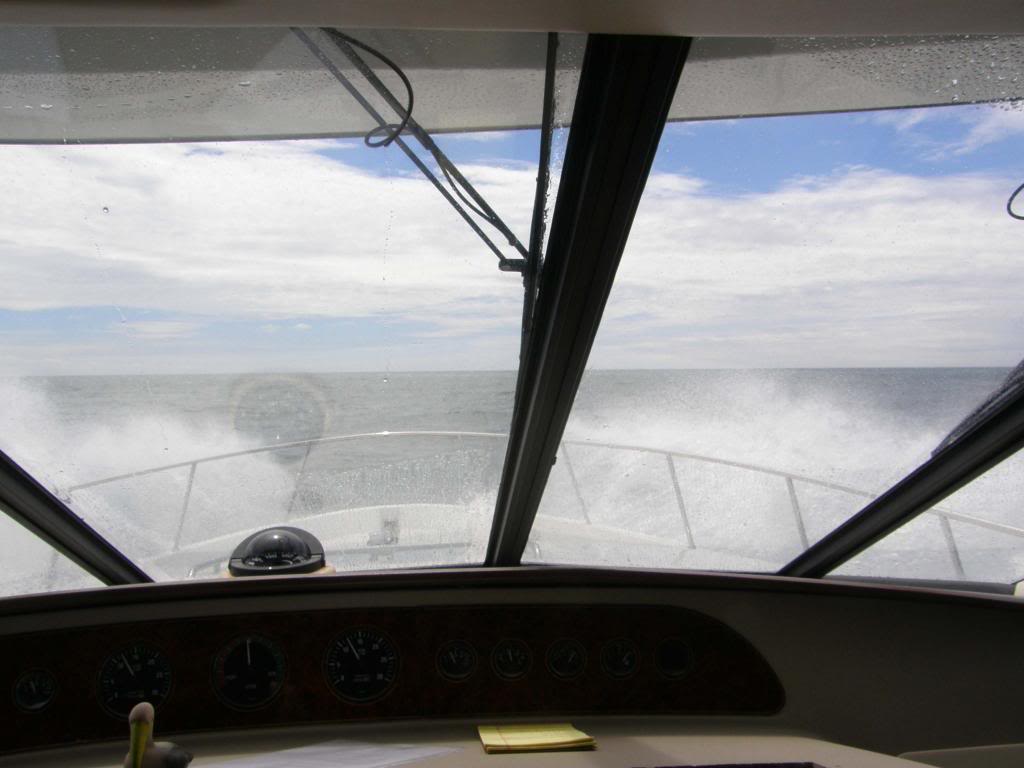LaBomba
Guru
- Joined
- Nov 18, 2012
- Messages
- 1,240
- Location
- Canada
- Vessel Name
- Looking Glass
- Vessel Make
- Carver 370 Voyager
Not sure if 6' with 6 sec period is possible. But I would think it would look something like this:
They are pretty close on the Great Lakes as can be seen in this NOAA article on swimmers. Read the last sentence. High short period waves are the norm here, likely why so many freighters have sunk on the Great Lakes. Quote
The Dangers of Swimming in Great Lakes Waves
A quick review of Great Lakes fatality and rescue incidents reveals a common factor: moderate to high waves with a short period. Waves on the Great Lakes are different from the ocean because they are driven by local winds (whereas the ocean contains both locally wind driven waves and waves travelling from far distances-or swell). As a result, they typically have a much shorter Period, or length of time in between each successive wave. This means swimmers have less time to recover from a wave before the next wave hits. This also leads to the waves appearing more chaotic than traditional ocean waves. Some compare the Great Lakes to swimming in a washing mashine because the waves can become so disorganized and choppy (image 3). The data collected on Great Lakes current related incidents shows that most drowning fatalities and rescues occurred when wave heights ranged from 3 to 6 feet (figure 1), and wave periods between 3 and 5 seconds (figure 2).


